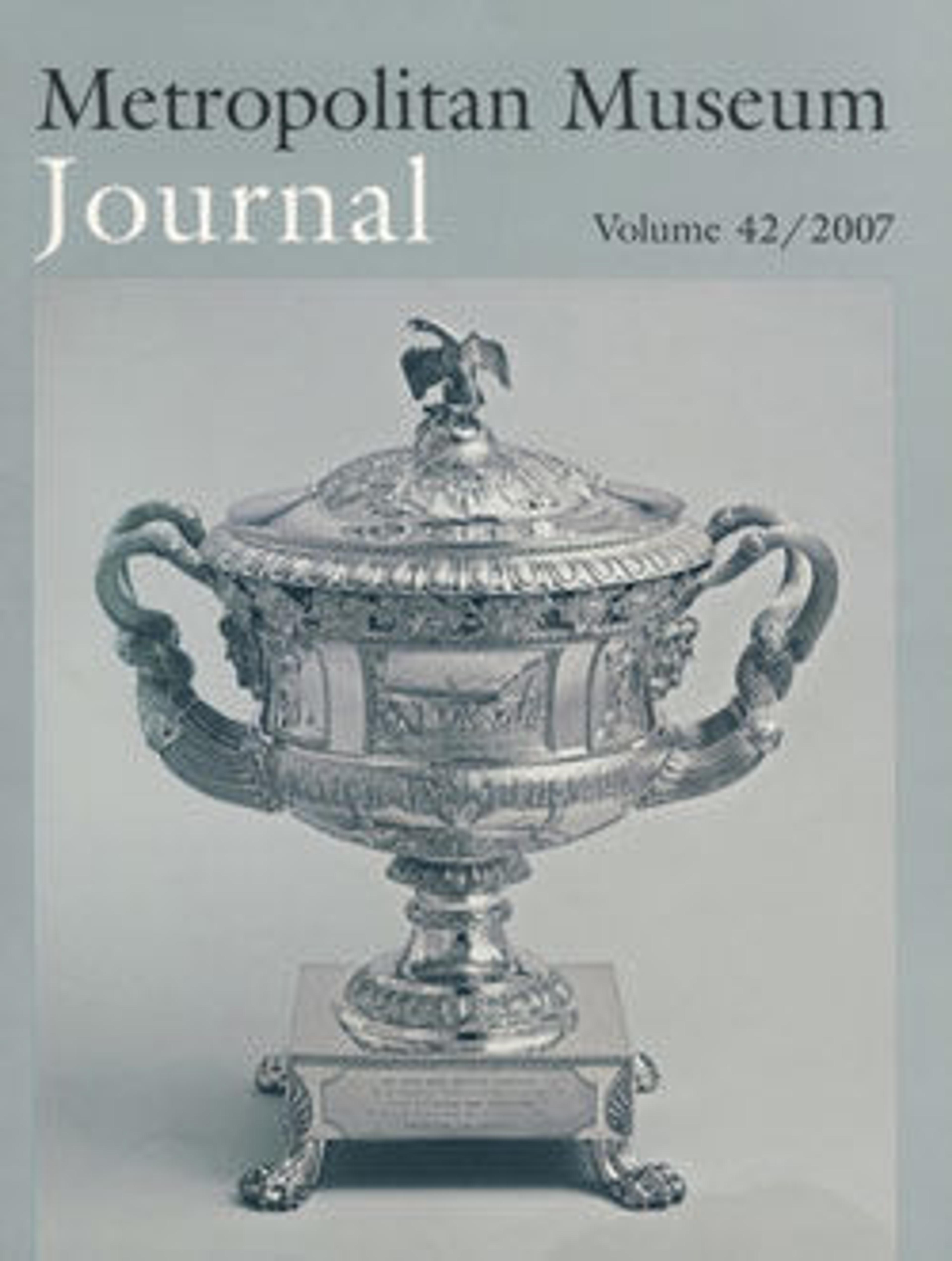Terracotta Panathenaic prize amphora (jar)
Obverse, Athena, with this inscription: one of the prizes from Athens. Nikias made me
Reverse, footrace, with this inscription: stadion race of men
From the second quarter of the sixth century B.C. on, victors in the contests of the Panathenaic festival in Athens were awarded a standardized amphora containing one metretes (about forty-two quarts) of olive oil from sacred groves in Attica. The official decoration on the front was a picture of a statue of Athena, fully armed. The scene on the back showed the event for which the prize was awarded.
This is the earliest Panathenaic amphora in the collection of The Metropolitan Museum of Art. It is also one of the earliest of those dated between 566 and 550 B.C., a period of some experimentation. The canonic ornaments for the neck and shoulder and even the placement of the official prize inscription did not become established until the last quarter of the sixth century; in the early group, no two amphorae are alike in these details. The stadion, identified here as the competition for which the prize was won, was a race of nearly two hundred yards.
Reverse, footrace, with this inscription: stadion race of men
From the second quarter of the sixth century B.C. on, victors in the contests of the Panathenaic festival in Athens were awarded a standardized amphora containing one metretes (about forty-two quarts) of olive oil from sacred groves in Attica. The official decoration on the front was a picture of a statue of Athena, fully armed. The scene on the back showed the event for which the prize was awarded.
This is the earliest Panathenaic amphora in the collection of The Metropolitan Museum of Art. It is also one of the earliest of those dated between 566 and 550 B.C., a period of some experimentation. The canonic ornaments for the neck and shoulder and even the placement of the official prize inscription did not become established until the last quarter of the sixth century; in the early group, no two amphorae are alike in these details. The stadion, identified here as the competition for which the prize was won, was a race of nearly two hundred yards.
Artwork Details
- Title: Terracotta Panathenaic prize amphora (jar)
- Artist: Signed by Nikias as potter
- Artist: Attributed to Sikelos as painter
- Period: Archaic
- Date: ca. 560–550 BCE
- Culture: Greek, Attic
- Medium: Terracotta; black-figure
- Dimensions: H. 24 5/16 in. (61.8 cm)
diameter 2 9/16 in. (6.5 cm) - Classification: Vases
- Credit Line: The Bothmer Purchase Fund, 1978
- Object Number: 1978.11.13
- Curatorial Department: Greek and Roman Art
More Artwork
Research Resources
The Met provides unparalleled resources for research and welcomes an international community of students and scholars. The Met's Open Access API is where creators and researchers can connect to the The Met collection. Open Access data and public domain images are available for unrestricted commercial and noncommercial use without permission or fee.
To request images under copyright and other restrictions, please use this Image Request form.
Feedback
We continue to research and examine historical and cultural context for objects in The Met collection. If you have comments or questions about this object record, please contact us using the form below. The Museum looks forward to receiving your comments.
